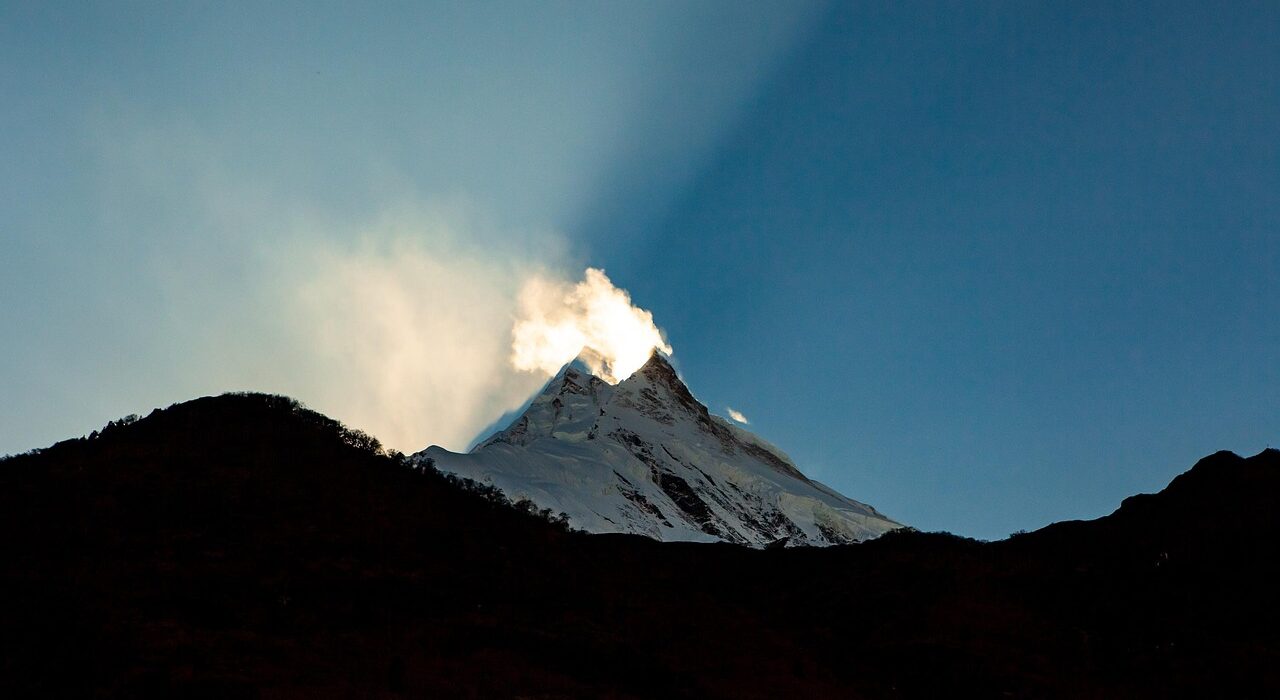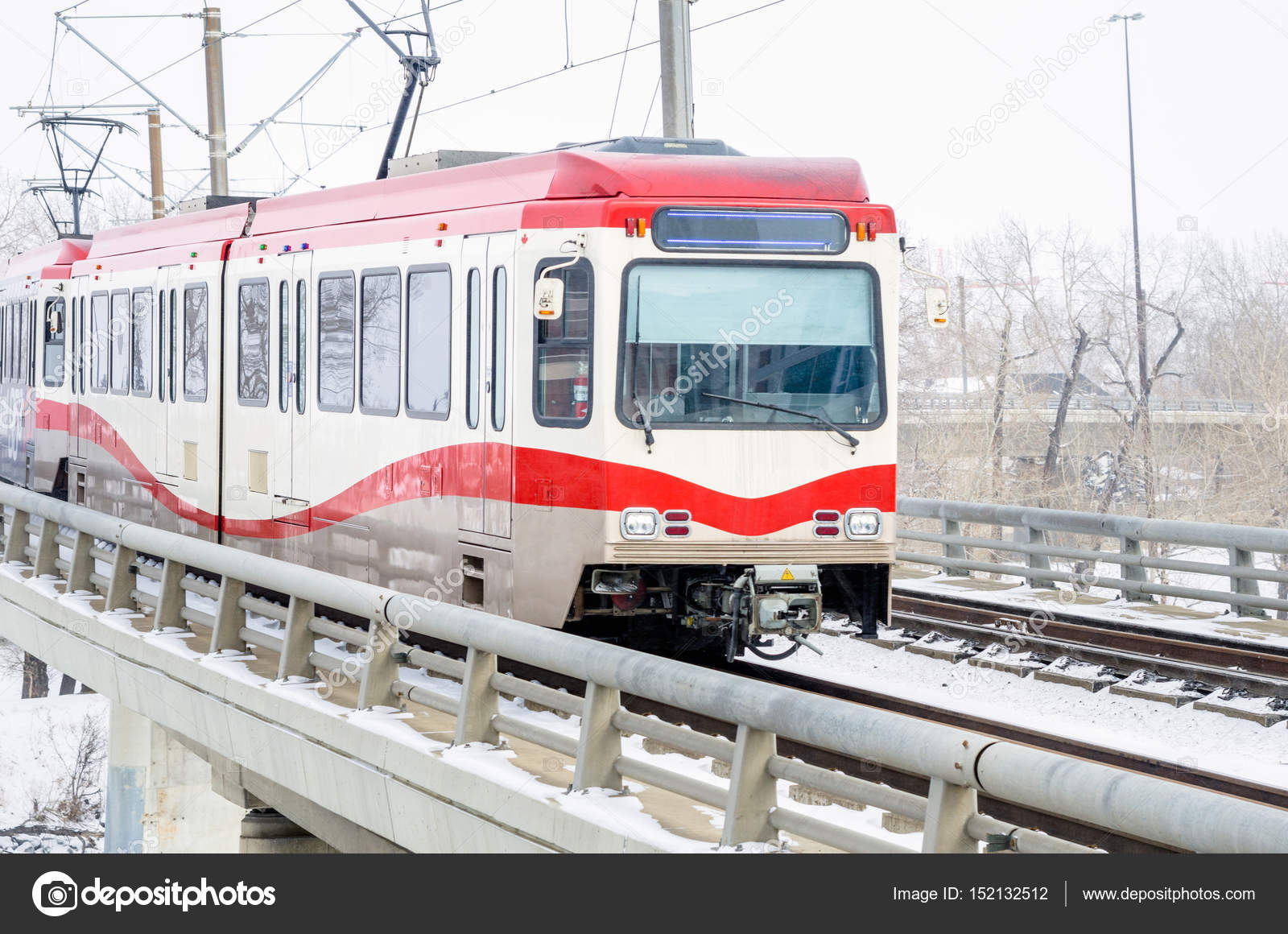Trekking on the Manaslu Annapurna Circuit as a family is not just a trekking adventure it’s a life-transforming journey. With its blend of raw wilderness, breathtaking Himalayan landscapes, rich cultural experiences, and spiritual serenity, this route offers far more than just a physical challenge. For families looking to connect more deeply with nature and with each other, the Manaslu Annapurna Circuit delivers an unforgettable experience that’s good for the body, mind, and soul.
Whether you’re trekking with energetic kids, curious teens, health-conscious adults, or even seniors who crave adventure, this Himalayan expedition can accommodate all age groups with thoughtful planning. From strengthening your cardiovascular system to nurturing emotional bonds, the rewards are truly multi-dimensional. In this detailed blog, we’ll explore the health benefits of family trekking, tips on preparing for high-altitude hiking, proper nutrition, emotional bonding, safety precautions, and a comprehensive packing checklist.
Physical and Mental Health Benefits of Trekking as a Family
Trekking at high altitudes isn’t just a fun challenge—it’s also a form of holistic exercise. Every uphill climb activates your glutes and calves, while downhill stretches engage your quads and core. Carrying a backpack tones your upper body, and the constant movement boosts cardiovascular endurance. For children and teenagers, it’s a great way to stay active in an outdoor setting. For adults, it breaks the sedentary pattern of desk jobs and digital dependency. For elders, it can reignite strength, balance, and flexibility, provided that the pace is adjusted and proper acclimatization is followed.
But the benefits go far beyond the physical. Mentally, trekking has been proven to reduce stress, anxiety, and symptoms of depression. When a family leaves behind the digital noise and daily routines, the calming presence of mountains, forests, and rivers fosters mindfulness and mental clarity. Children often display enhanced creativity and curiosity in nature. Parents get a much-needed break from emails and screens. Conversations flow naturally. There’s something about being in the mountains that awakens a sense of presence and gratitude.
Preparing Your Family for High-Altitude Hiking
Preparation is the backbone of a successful family trek in the Himalayas. The Manaslu Annapurna Circuit reaches altitudes above 5,000 meters, which means everyone in the family from the youngest to the oldest needs to be physically and mentally ready.
Start training at least two months in advance. For kids and beginners, go for regular walks, gradually introducing them to uphill trails and light day hikes. If you live in a city, stairs can mimic altitude to some degree. Encourage everyone to carry a small backpack during training hikes to simulate real conditions. For teenagers and adults, cardio workouts like swimming, cycling, jogging, or even yoga can help improve stamina and flexibility.
For elders, it’s crucial to consult a doctor before the trip to ensure there are no underlying health issues. If they’re active and in good shape, they can enjoy the trek just as much as anyone else. The key is gradual pacing, proper hydration, and paying close attention to how they’re feeling during the hike.
It’s also essential to mentally prepare your family. Talk to children about the remoteness of the trek, the simplicity of tea house accommodations, and the lack of internet in certain areas. Share maps, photos, and stories about Nepal to create excitement and awareness. When children know what to expect, they’re less likely to feel overwhelmed.
Nutritional Tips for Staying Energized on the Trek
Food becomes fuel when you’re trekking at high altitudes. Nutritional needs increase significantly, especially for growing children and active adults. Luckily, the Manaslu and Annapurna regions offer hearty, homemade meals at local teahouses. The most common dish dal bhat (rice, lentils, vegetables, and sometimes curry)—is an ideal combination of carbohydrates and proteins. It’s nutritious, filling, and provides sustained energy.
While local food is healthy, it’s smart to supplement with your own energy-rich snacks. Pack trail mix, nuts, protein bars, dark chocolate, and dried fruits to eat between meals. For children, small treats can work as motivation during difficult parts of the trail. For elders, easily digestible snacks and warm soups help maintain energy without taxing the stomach.
Hydration is equally important. At higher elevations, the body loses moisture faster, and dehydration can mimic symptoms of altitude sickness. Encourage every family member to drink at least 3 to 4 liters of water per day, even if they don’t feel thirsty. Bring water purification tablets or portable filters, as bottled water is not always available and is discouraged due to environmental concerns. Add electrolyte powder to water during long walking days to replace lost salts.
How Trekking Strengthens Family Bonds
Trekking as a family strengthens emotional ties in ways few other experiences can. The shared goal of reaching a destination together creates unity while overcoming challenges builds mutual trust and respect. Whether you’re crossing a high suspension bridge, navigating steep switchbacks, or simply waiting out the rain in a cozy tea house, every moment becomes part of a shared story.
Parents get the chance to see their children show resilience, curiosity, and kindness in real-time. Children see their parents as not just authority figures, but as companions facing the same mountain together. Siblings, who might argue over screen time at home, end up sharing snacks and guiding each other on slippery trails.
Evenings on the trail are perfect for reconnecting. With no distractions, families play cards, tell stories, or reflect on the day. These simple moments become treasured memories that outshine any material gift. Many families report returning from treks feeling closer, more communicative, and more appreciative of each other.
Precautions to Avoid Altitude Sickness, Dehydration, and Fatigue
The Manaslu Annapurna Circuit involves high passes like Larkya La Pass (5,160 meters) and Thorong La (5,416 meters), so altitude-related illness is a significant concern. Families need to take proactive steps to avoid Acute Mountain Sickness (AMS) and related complications.
The most important rule is to ascend slowly and steadily. Don’t rush. Allow your itinerary to include proper acclimatization days especially around Samagaon in Manaslu and Manang in Annapurna. Follow the “climb high, sleep low” principle whenever possible. This helps your body adjust gradually to thinner air.
Watch for symptoms of altitude sickness in all family members. These include headaches, nausea, dizziness, loss of appetite, and fatigue. Children may not articulate these feelings well, so observe their behavior closely. If symptoms persist or worsen, descend immediately.
Keep the pace slow. A steady rhythm allows everyone to walk without exhaustion. Use trekking poles to reduce the impact on knees, especially for elders. Take short breaks every hour, and encourage open communication about how everyone is feeling.
As mentioned earlier, stay hydrated. Dehydration exacerbates fatigue and altitude sickness. Avoid alcohol and limit caffeine, especially at higher altitudes.
It’s also wise to carry Diamox (Acetazolamide), a preventive medication for AMS, but only use it under a doctor’s guidance. Some families choose to take it proactively, while others keep it as a backup in case symptoms appear.
Packing Essentials for a Safe and Healthy Family Trek
Packing for a family trek requires balancing weight, necessity, and comfort. Here’s a categorized list to ensure you don’t forget the essentials:
Clothing
- Moisture-wicking base layers
- Fleece or down jackets
- Waterproof and windproof outer layers
- Trekking pants (convertible preferred)
- Thermal innerwear for cold nights
- Hats (sun hat and warm beanie)
- Gloves (inner and insulated)
- Multiple pairs of wool or synthetic socks
- Comfortable, broken-in trekking boots
- Lightweight shoes/slippers for the evening
Gear
- Trekking poles (adjustable, one per person)
- Sleeping bags rated for -10°C or colder
- Headlamps with extra batteries
- Sunglasses with UV protection
- Reusable water bottles or hydration bladders
- Water purification tablets or filter system
- Daypacks for each family member
Health & Safety
- First-aid kit (band-aids, antiseptic, painkillers, altitude medication)
- Hand sanitizer and wet wipes
- Sunscreen (SPF 50+), lip balm with SPF
- Oral rehydration salts (ORS)
- Insect repellent (for lower altitudes)
- Personal hygiene products
Nutrition
- Energy bars, trail mix, protein snacks
- Electrolyte powder
- A few favorite comfort snacks for kids
Extras for Children & Elders
- Lightweight games, cards, coloring books
- Earplugs for shared tea houses
- Hot water bottle for cold nights
- Copies of passports and travel insurance
Turning Trails into Treasured Memories
The Manaslu Annapurna Circuit is more than just a trek—it’s a shared family journey through the heart of Nepal’s mountains, cultures, and traditions. With proper planning, open communication, and mutual support, this experience can strengthen your family’s emotional fabric, improve everyone’s physical health, and offer lessons that last a lifetime.
In a world that’s increasingly fast-paced and screen-dominated, trekking together offers something rare: uninterrupted time. Time to listen. Time to breathe. Time to simply walk beside each other with purpose. Whether you’re watching the sunrise over snow-draped Manaslu or warming your hands by a fire in Pisang, you’re doing something extraordinary you’re growing stronger as a family, one step at a time.
If you’re considering this adventure, remember that both the Manaslu Circuit Trek (MCT) and the Annapurna Circuit Trek (ACT) are incredible standalone treks but when combined thoughtfully, they create a once-in-a-lifetime journey that’s perfect for families seeking both challenge and connection. So lace up your boots, pack your backpacks, and head into the Himalayas together. The trail is waiting—and so are the memories.





